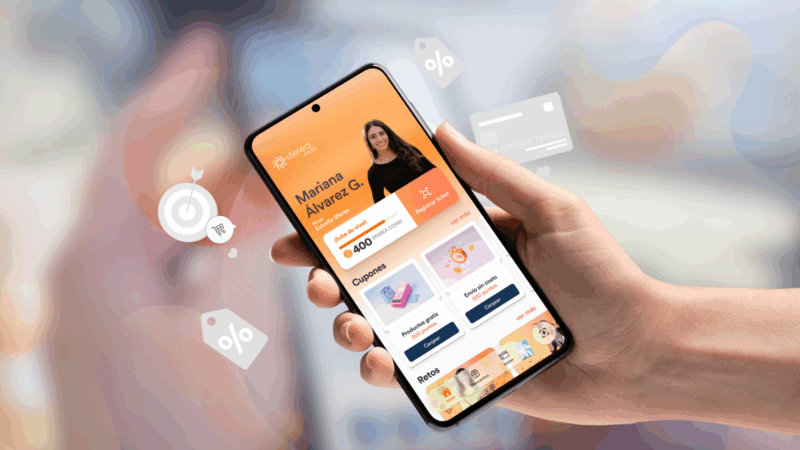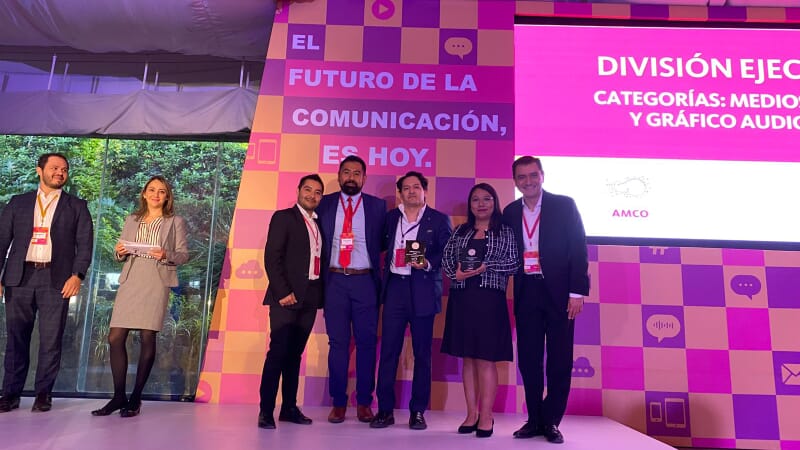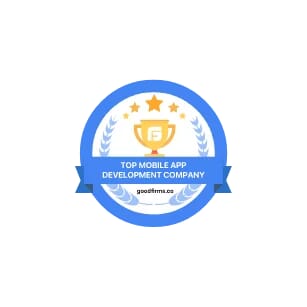I’ve Chosen My Agency—Why Haven’t They Started Programming My App Yet?
Sometimes it’s essential to start coding a technological project even with only a generic requirements document or an RFP. But is this the right way to build a system?
The initial documents, often referred to as the “preliminary design,” provide an overview of the key features the system must include and offer a broad idea of the project—in this case, your mobile application. They outline the general requirements and objectives for the project. However, this high-level vision still requires detailed requirements gathering.
But is it absolutely necessary to have an analysis phase if your team already has a document with preliminary design and objectives for your app? Let’s first clarify what we mean by preliminary design. According to the SWEBOK Guide, preliminary design:
(…) focuses on the acquisition, analysis, specification, and validation of requirements, as well as the management of these requirements throughout the software life cycle. A requirement is a condition or need of a user to solve a problem or achieve an objective.

In essence, while a preliminary design document provides a useful overview, a thorough analysis phase is crucial to ensure that all specific requirements are accurately captured and addressed. This detailed analysis helps prevent issues during development by ensuring that the final product meets all user needs and project goals comprehensively.
That’s why: not only is it crucial to have an analysis phase, but every analysis phase in software development must consider the scope of requirements and how the digital product will address them. Even the most detailed RFP cannot cover all the issues the development team will encounter, as its function is communicative rather than operational.
While the preliminary design helps outline generalities, the analysis phase allows the involved teams to continuously verify that business and user needs are being considered. This indicates that it is not a one-time, isolated process (like creating the preliminary design), but rather an iterative and collaborative one.
One of the operational advantages of investing time in analysis is its effectiveness in simplifying a complex task. Through analysis, teams gain insight into the activities that will be executed in the subsequent Development stages, providing a clear picture of construction timelines, potential user testing dates, and version releases.

Proceeding with app development without conducting a thorough analysis will create gaps in functionality and fail to meet project objectives. Analysis is the complete understanding of the initial proposal for the mobile application, enabling the team to create a final prototype that meets all requirements aligned with the organization’s goals:
a) Whether due to technical infeasibility, leading to modifications in agreement with the analysis team
b) Because the functionality was found to be less crucial than initially thought
c) Because a better way to address a technical, functional, or operational problem was identified.
d)Or because it was overlooked at some point during the exchange of requirements between the analysis team and the end user.
While analysis processes can vary, our experience has highlighted the benefits of an iterative Analysis and Design process, which involves:
Frequent meetings to understand the requirements the application needs to fulfill
- Creating a graphical prototype that includes all possible flows, including “happy paths” and error messages
- Defining user stories, business rules, roles, and documentation for analysis, as well as screens or dialogs necessary to complete the full flow of the functional prototype

As a client and owner of your business processes, during the project Analysis phase, we’ve found it always useful to:
- Define the end user’s context.
- Explore alternative solutions, their implications, and consequences.
- Prioritize functionalities based on the value of business objectives.
- Validate proposed solutions in each requirements gathering session.
- Maximize the value of the solution to be delivered.
- Encourage discussions that lead to productive conclusions.
- Mutually agree on functionalities within the project scope.
- Identify conditions or limitations that impact both development and the final product.
At Sferea, we are leaders in mobile application development. If you’re considering implementing a mobile app to grow your business, rely on us. Send us a WhatsApp at +55 5658 9213 or email us at mobi@sferea.com, and one of our experts will be happy to assist you.
At Sferea, with over 16 years of experience and more than 350 successfully published applications, we are a leader in developing mobile apps for businesses. We create enterprise, loyalty, fintech, financial, and banking solutions that deliver real value. We support you throughout the entire process from user experience design to analysis and development always applying the best practices in the market. Boost your business with us!
- Apps Low-Code, Apps Nativas, Desarrollo de Apps, PWA
Related Articles

- Apps Nativas, Desarrollo de Apps, Diseño UI/UX, Sferea, Sin categoría, Tecnología

- Apps Nativas, Desarrollo de Apps, Diseño UI/UX, Sferea

- Apps Nativas, Desarrollo de Apps, Diseño UI/UX, Sferea, Tecnología



